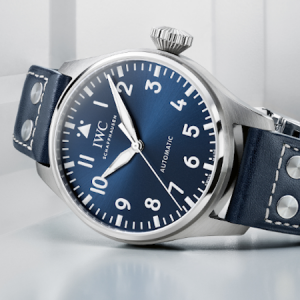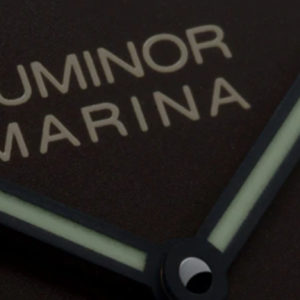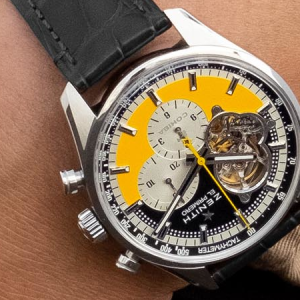COSC Certification. These two words represent the industry benchmark for many watches, bringing them to a category where precision is essential and costs are adjusted accordingly. Surprisingly, many newcomers and several seasoned collectors are unaware of the Contrôle Officiel Suisse des Chronomètres’ (COSC) requirement for an average daily timekeeping error of -4 to +6 seconds.
However, further tests are also performed as part of ISO 3159 standards. Here are three aspects regarding COSC that you should be informed about.
Discover your Perfect Luxury Timepiece and Enjoy Special Privilege only at The Time Place Boutique.
Swiss Made Only!
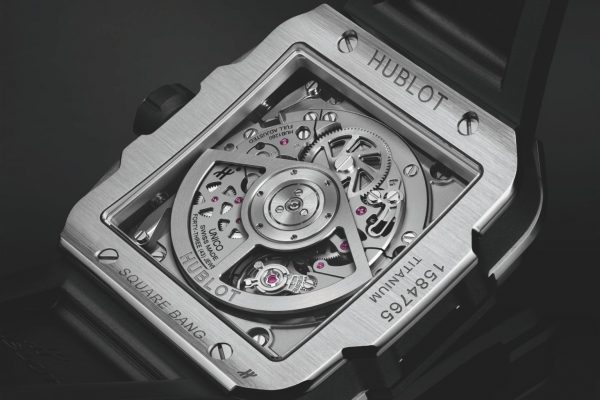
HUBLOT SQUARE BANG UNICO TITANIUM
The watch needs to be certified as being produced in Switzerland in order to be tested. At the moment, that requires a watch to have a Swiss movement. The final testing must also be conducted in Switzerland, where the movement must finally be cased.
All of this is to indicate that foreign watch manufacturers that don’t manufacture their watches in Switzerland or import a lot of Swiss components would never be able to achieve COSC certification.
It Can Be With or Without The Case
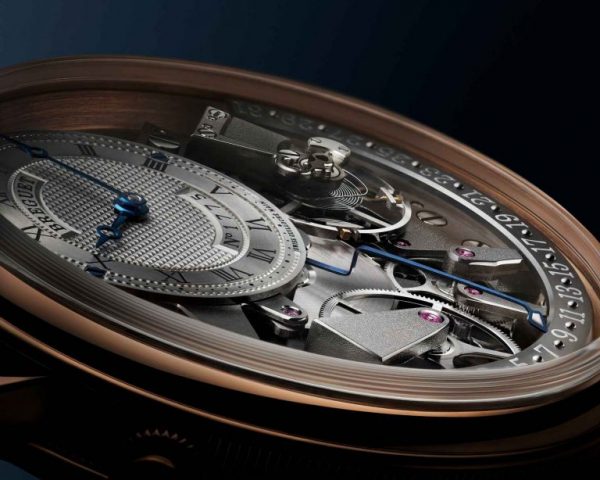
BREGUET Tradition Quantième Rétrograde
It’s interesting to note that brands can choose to test movements inside or outside of the case when applying for COSC certification. Many companies choose to test only their movements despite having this choice. Testing the watch with its case costs more since it requires more time to set up and observe each component manually, as stated on the COSC website.
The fact that uncased testing can result in circumstances where the casing process can have an impact on timekeeping. However, this must be ignored.
In light of this, let’s revisit what the COSC certification truly comprises. The certification represents a moment in time throughout the testing process. You should be aware that there are no further guarantees after it is tested.
COSC is Not the Only One

Many watch brands don’t rely on COSC. This is due to the fact that either brands have strict internal requirements for timekeeping or have their own national COSC accreditation.
For example, the Glashütte Observatory issued a certificate for watches that were built in Glashütte and had at least 55% local components. Watches must not only adhere to ISO 3159 requirements but also DIN 8319 standards in order to pass their examination.
Watches must have hacking seconds and be fully assembled in their cases to make this possible. There are other Japanese companies like Grand Seiko that test some of their timepieces while being timed to a standard of -3 to +5 seconds. In the end, COSC isn’t the only choice if a business is concerned about accuracy and has the resources to spend on it.

